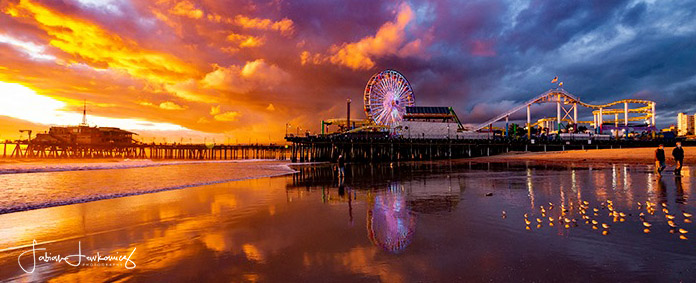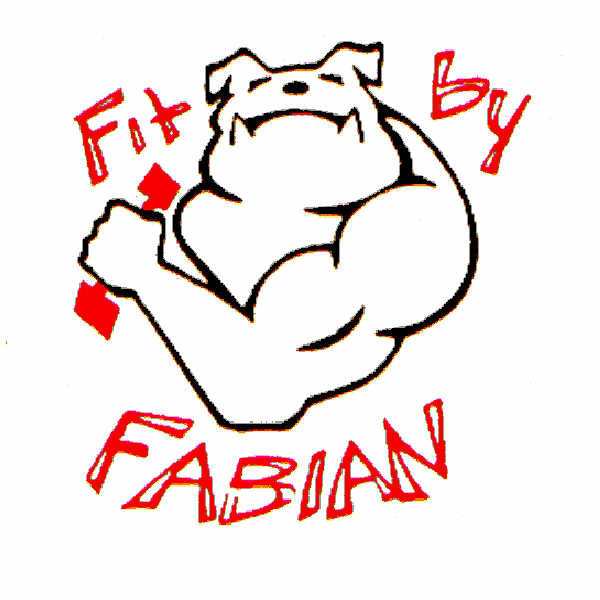Venice Beach's Art Scene Transformed by Rip Cronk's Enduring Murals
Renowned artist Rip Cronk, aged 76, has embarked on an ambitious restoration project for his celebrated mural, "Homage to a Starry Knight," located at 1101 Ocean Front Walk on the vibrant Venice Beach Boardwalk. The restoration work is estimated to take three weeks to complete.
Born in Chicago, Rip Cronk holds a Bachelor's Degree in Fine Art from the University of Florida and a Master's Degree in Fine Art from the University of New Mexico. Since the late 1970s, Cronk has been leaving his artistic imprint on the walls of Venice, California, through the creation of beautiful murals.
Cronk made the journey from Corvallis, Oregon, to Venice, driven by a deep desire to repair the defacement caused by graffiti. The mural he is restoring, "Homage to a Starry Knight," originally crafted by Cronk in 1990, stands as a testament to his artistic prowess. His portfolio includes numerous iconic murals adorning the walls of Venice, such as the captivating depiction of Jim Morrison on Speedway and the monumental portrayal of Abbot Kinney on North Venice.
Having first arrived in Venice in 1979, Cronk has lived in the area intermittently for a total of approximately ten years. His first mural in Venice, titled "Venice on the Halfshell," was located at the old Venice Pavilion. Although Cronk is uncertain about the exact number of murals he has painted in Venice, several noteworthy ones still grace the neighborhood. These include "Homage to a Starry Knight" (1990) on Ocean Front Walk, "Venice Beach" (1990) on Ocean Front Walk, "Venice Beach Chorus Line" (2004) on Ocean Front Walk, "Venice Kinesis" (2010) on Speedway, "Lost Art" (1989) on Windward, and the Jim Morrison mural entitled "Morning Shot" (1990).
Cronk's artistic objective is to create cultural icons for each location, aiming for a historical quality that resonates with the community. By doing so, he seeks to have a lasting impact on society as an artist, with each mural defining the cultural essence of Venice.
During his visit to Venice, Cronk provided a guided tour of his murals, offering insights into the inspiration and stories behind each piece. Through his art, he has significantly influenced the local art scene, leaving an enduring legacy on Venice Beach.
"Venice Kinesis" (2010), a restoration of Cronk's earlier mural from 1989, formerly titled "Venice Reconstituted," pays homage to Sandro Botticelli's masterpiece, "Birth of Venus," dating back to 1485. Positioned proudly on the west facade of Building 21 on Winward Avenue, the mural serves as a remarkable example of Cronk's artistic skill and contributes to the ever-evolving allure of Venice's vibrant art scene.
Cronk's murals, such as "Venice Kinesis," are carefully designed to withstand the challenges posed by graffiti. To mitigate defacement, he incorporated new characters and elements on the upper portion of the mural during routine cleanups, effectively acting as a historical record while satirizing Venice's culture and fashion trends.
While Venice Beach is known for its legal expression of street art on designated graffiti walls, these very walls unintentionally accelerated the deterioration of Cronk's mural and nearby artworks. The incessant graffiti resulted in damage to the lower section of "Venice Reconstituted." However, Cronk seized this setback as an opportunity to repaint the mural at a higher level, making it more difficult for graffiti artists to deface.
Originally expected to last around 10-15 years before losing relevance and being replaced, Cronk's murals, including the Venice Beach Chorus Line, have defied expectations. Instead of fading into obscurity, these artworks have gained significance and become cherished elements of the community.
As a muralist, Cronk refuses to be confined to a specific style or aesthetic. Unlike gallery art, public art grants him the freedom to adapt his work to the site and the community it represents. This approach ensures that each mural possesses a unique identity, avoiding repetition across different walls in Venice. Cronk prefers murals because they allow him to bypass the limitations of galleries, owners, and the commercial aspects of art. Moreover, murals can be appreciated by viewers without an art background, and they provide accessible art that doesn't require a visit to a gallery.
Reflecting on the evolving dynamics of culture, Cronk observes that trends and interests no longer fade away quickly but coexist in parallel. This shift has had an impact on art and music, with various styles vying for attention rather than a dominant trend. As an artist, Cronk embraces this diversity and adapts his work to cater to different artistic preferences.
Aside from his artistic endeavors, Cronk leads an adventurous life, immersing himself in various locations for several years before moving on to new ventures. Currently, he and his wife are engaged in horse ranching, where they breed and raise horses, finding fulfillment in their recent pursuits. While they anticipate embarking on their next chapter, they remain content with their current endeavors and cherish the extraordinary pets they have acquired along the way.
Creating a mural, such as "Venice Kinesis," is a labor-intensive process that demands dedication. Cronk describes the four-month journey of working on a massive 4,000 square foot mural. Each day involves painstakingly adding dozens of intricate elements, resulting in a grand composition that tells a unique story specific to its location.
Rip Cronk's artistic contributions have left an indelible mark on the Venice Beach community. Through his murals, he has captured the essence of the evolving cultural landscape while adapting to the challenges posed by graffiti and changing artistic trends. His ability to create murals that stand the test of time and resonate with the community speaks to his exceptional talent and artistic vision.
Rip Cronk's restoration of the iconic mural, "Homage to a Starry Knight," is a testament to his enduring impact on Venice Beach's art scene. As his murals continue to captivate and inspire, Cronk's artistic journey serves as a vibrant thread weaving the tapestry of Venice's cultural heritage.






















Reader Comments